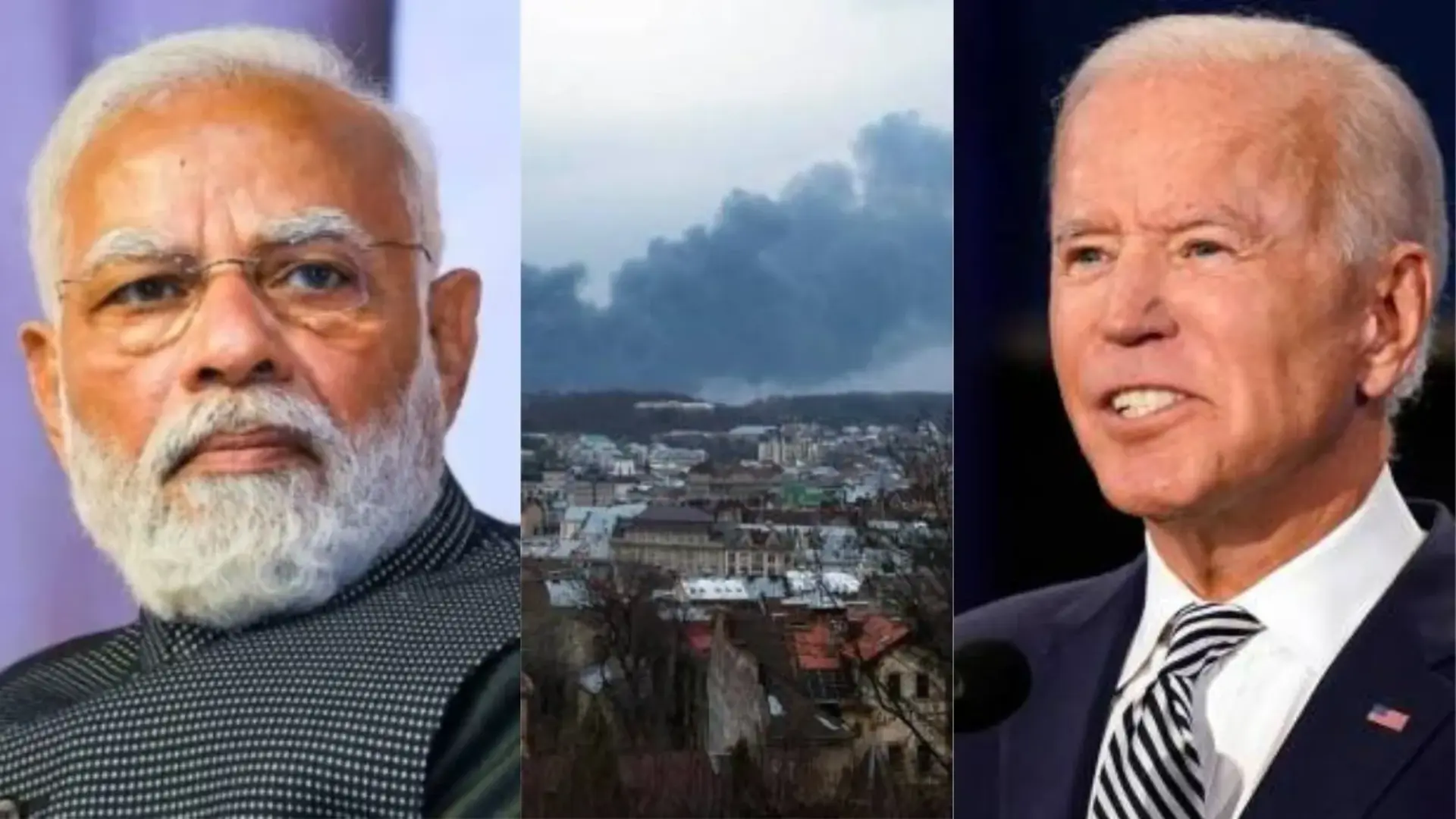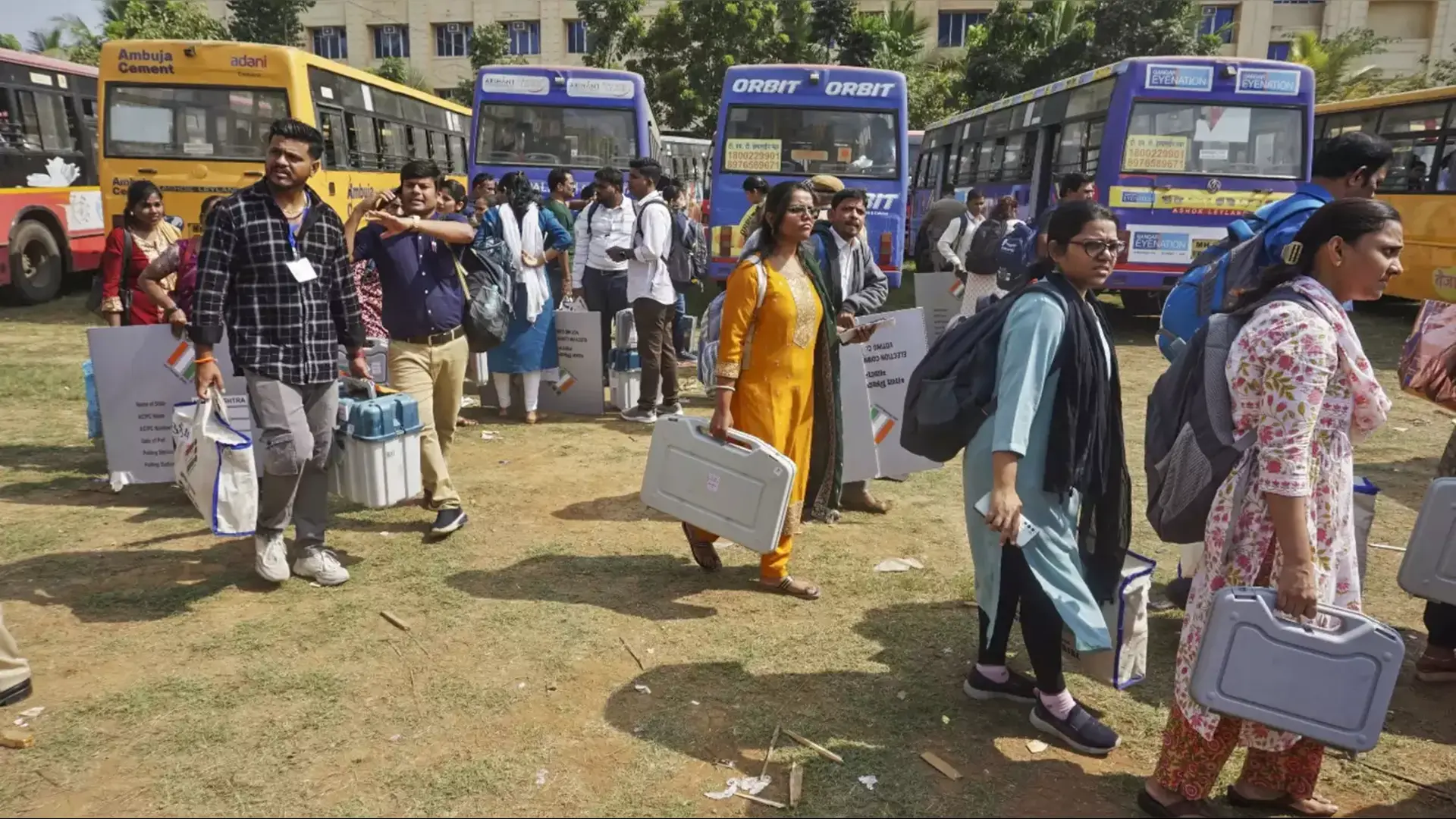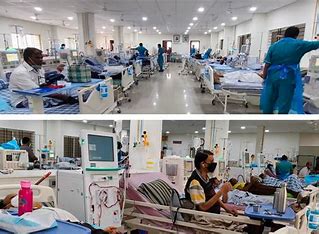
In the early 1980s, when the aspirational vehicle of the middle class newbies was more the scooter and even the motorbike, there was always a waiting period. The enterprising folks as always found their way around the queue, either by procuring their vehicles faster through the NRE account or cheaper via fictitious addresses in Union Territories. The latter practice is assiduously followed even today, despite the periodic cleansing drives by the state governments.
To this day, the One Nation, One Tax theory continues to elude enactment, despite the highly mobile workforce in the private sector, especially the once-booming software industry and the resultant IT parks thereof. Thus, with the road transport departments of various state governments ever vigilant about penalising vehicles registered elsewhere, migration from one city to the other is largely possible for the white collar workers, minus their vehicles.
The mind-numbing tedium of re-registering vehicles is barely matched by the high cost, given the skewed reimbursement of the cancelled vehicle tax. But the extent of woes being faced by the white collar would pale into absolute insignificance compared to what the blue collar or working class is facing in India today. Last year, the government wanted to enforce One Salary, One Day. Result: all Indians would be paid salaries on the same day every month.
Now, the Finance Minister, as part of her explainer last week on the Prime Minister’s Aatma Nirbhar Bharat programme, has gone that extra mile and wants to usher in a uniform wage structure for the unorganised sector, which constitutes a bulk of the migrant labour. It appears the minimum daily wage which was Rs 182 last year, has been raised to Rs 202. And, of course, to ensure they get the benefit of subsidised food, no matter where they are, there will also be One Nation, One Ration Card by the end of this fiscal.
A necessary cushion, as there is no way all the states are going to pay the same wages in the foreseeable future. Evidently, most states that throw up these migrants, forcing them to seek work elsewhere, thus giving rise to the now undeniable mass called migrant labour often fail to pay even this meagre wage. It is the same lot of migrant workers who were caught unawares by the national lockdown and a good number of them are still trying to find their way home. Getting ready for the influx are West Bengal, Odisha, Bihar, Jharkhand, Uttarakhand, Uttar Pradesh, Haryana, Punjab and Rajasthan.
The sheer volume of this labour class became clear when they were seen by the world thronging the national highways. And on they went on their dreary march home–on foot and by trucks, buses and, of late, by special trains–from metros like Delhi, Mumbai, Bengaluru, Chennai as also a few Tier-II cities. With this mass exodus across the country, it would serve the likes of Niti Aayog to trace the actual wages being paid to the daily wage-earners in different states.
It is no secret that the wage is in the Rs 400-500 bracket in the metros, while it slips by around Rs 100 as they move into the smaller urban spreads. The lone aberration is Kerala, where the migrants started off many years ago earning less than the indigenous worker but has irrevocably caught up over the last couple of years. About 12 lakh migrant workers, if one is to go by Kerala government records but easily scaled up to at least double that according to informal estimates, earn a minimum of Rs 700 a day.
But that is the bare minimum and their wages go up in multiples of Rs 50, all the way up to Rs 1,000 a day, depending on the supply-demand dynamics of a particular town or suburb. And if they fall in the skilled worker category, then their wages go up by around Rs 300 a day. It is a possibility the migrant labour, scarred by the raw deal they got during the lockdown days and scared by the threat of a steep rise in working hours as proposed by many states, may decide against returning at all.
But if they do, the lure will no doubt be the quantum of solace they are offered by way of daily wage. Surely, that may be far removed from the minimum daily wage on offer by the Central government. Given the wide disparity in wages offered to daily workers across the states, the One Nation, One Ration Card plan makes sense, provided the government does not drag its feet, or end up with a faulty implementation as has often been the case in the past.
Because One Tax, One Nation which was the overriding slogan for GST, has managed to create so many loopholes in the name of what the states demand. Invariably, not many states will be keen to relinquish their control over issuing ration cards, the single most powerful tool at dispensing doles by way of subsidised food. The tussle over the implementation of One Nation, One Ration Card will be riveting.
Vinod Mathew has been a business journalist for over 17 years. Views are personal.















